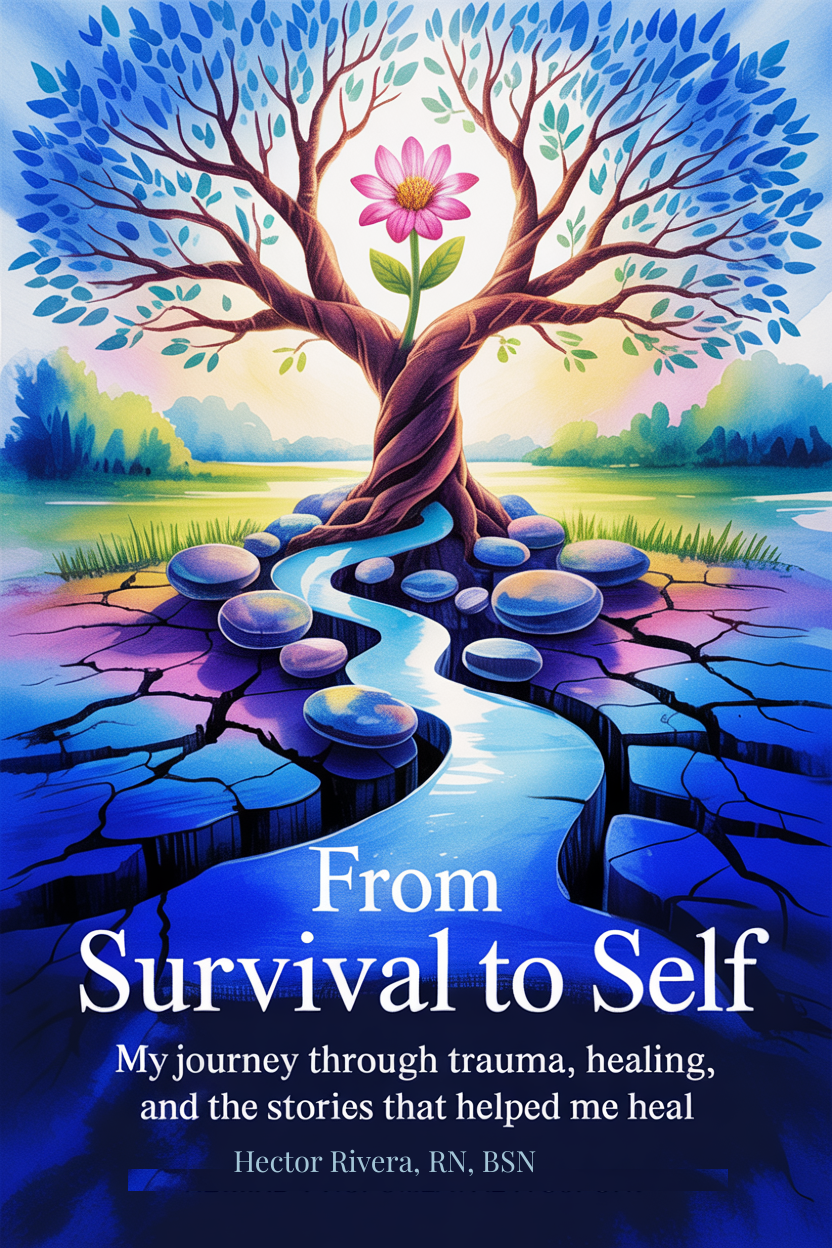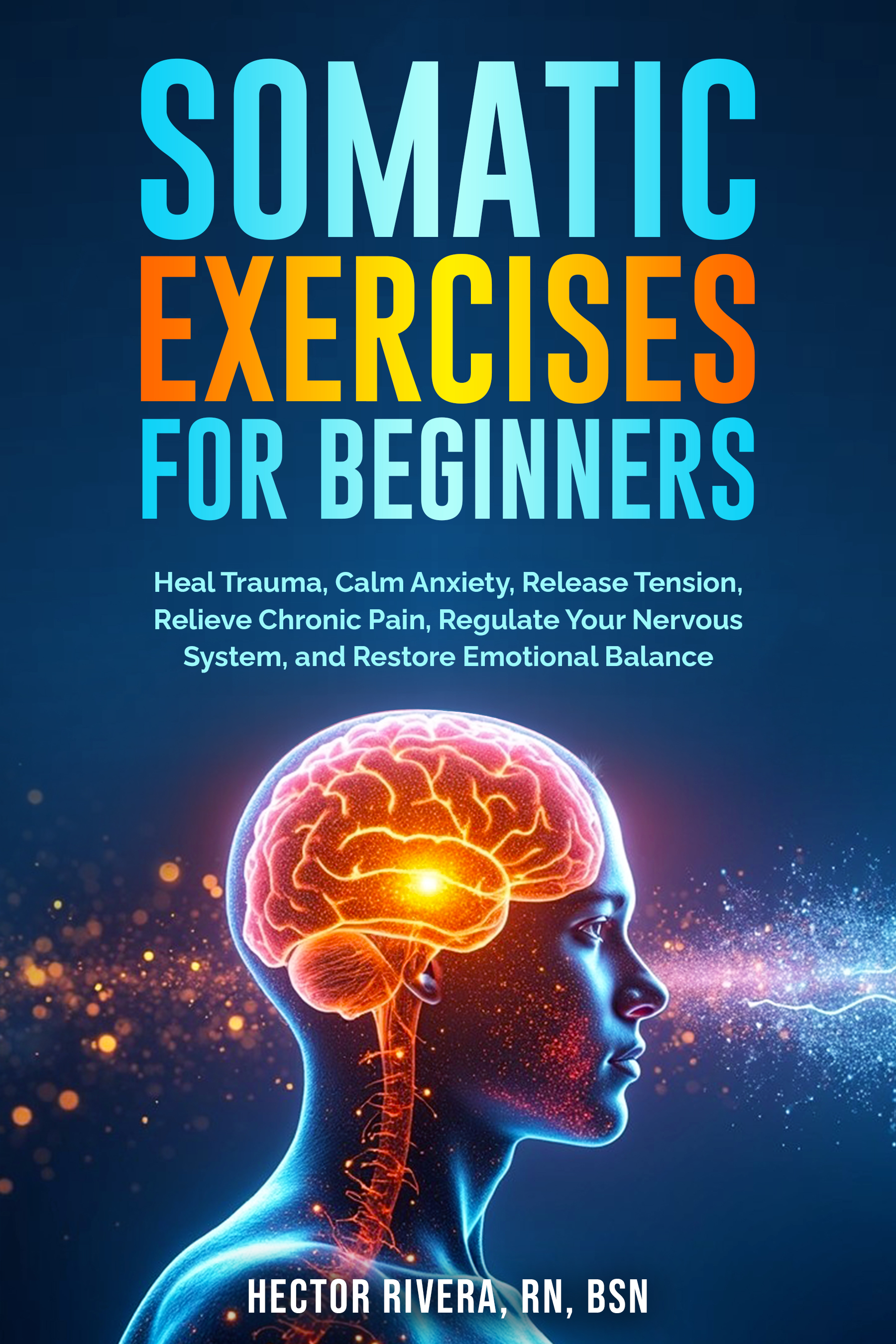What Is Somatic Movement?

Understanding What Is Somatic Movement for Healing, Awareness, and Balance
When people ask, "What is Somatic movement"?, they’re usually looking for more than exercise. Somatic movement is about slowing down, paying attention to how the body feels from the inside, and moving in a way that restores ease and presence. Unlike traditional workouts that focus on performance, somatic practices invite curiosity, gentle exploration, and small shifts that help the body unwind and feel more at ease.
Why Movement Matters for Healing
Our bodies don’t just carry posture or daily habits; they have stress, memories, and experiences. Think of a tight jaw from holding back words, rounded shoulders from years of worry, or shallow breathing during long stretches of anxiety. These patterns become so automatic that we forget they’re even there. Over time, they shape how we feel and how much energy we spend simply holding ourselves together.
Somatic movement helps unravel these patterns. Instead of forcing yourself to stretch further or push harder, you learn to move with awareness and a sense of curiosity. That shift creates new possibilities: less stiffness, greater comfort, and a nervous system that feels safe enough to release what it has been holding.
How Somatic Movement Differs from Traditional Exercise
Regular fitness focuses on performance—how fast, how heavy, how long. It’s about repetition and endurance. Somatic work flips the question. Instead of asking, “How far can I go?” it asks, “What do I notice as I move?”
This simple change is powerful. When you pay attention to subtle shifts—like how your breath changes during a shoulder roll or how one side of your body feels different from the other—you retrain your nervous system. The goal isn’t to burn calories but to create choice and ease in how your body responds to life.
Getting Started with Somatic Movement
The beauty of somatic practice is that you don’t need special equipment or a studio. You can begin on a chair, a mat, or even in bed. The key is slowing down enough to feel what’s happening inside your body.
Start with micro-movements. For example, roll one shoulder slowly forward and back. Pause. Notice how that side feels compared to the other. These pauses are just as important as the movement itself, as they give your nervous system time to reset. Over time, the slight shifts accumulate to significant changes in how your body carries tension.

Five Gentle Somatic Movement Exercises
1. Spinal Wave
Place your feet about hip-width apart, lower your chin softly toward your chest, and slowly fold forward as your spine rounds one segment at a time. Slowly return to standing, stacking your spine piece by piece, and notice how each part of your back joins the movement.
2. Arm Swings with Release
Stand tall and let your arms swing gently forward and back, as if on loose hinges. Let your breathing fall into the same easy rhythm as your swinging arms. Notice if one side feels freer or heavier than the other.
3. Hip Circles
While standing, place your hands lightly on your hips and make small, slow circles with your pelvis. Explore forward, sideways, and backward motion. Sense how the movement travels into your lower back and legs.
4. Rolling Ankles with Attention
While seated, gently raise one foot a few inches and begin circling your ankle slowly—first clockwise, then counterclockwise. Switch feet. As you move, notice how your calves, knees, and hips respond.
5. Restorative Side Bend
Settle onto the floor with your legs comfortably crossed or stretched out in front of you. Place one hand on the ground beside you and slowly reach the other arm overhead, bending gently to the side. Pause in the stretch, breathe, and sense how your ribs and spine shift with each inhale and exhale.
The Role of Breath in Movement
Breath naturally supports somatic practices. As you move, notice whether you’re holding your breath or letting it flow. Sometimes simply exhaling brings a sense of release. Pairing slow movements with gentle breathing deepens awareness and brings calm into the practice.
Building a Practice That Fits Your Life
Consistency matters more than intensity. A few minutes each day can create more lasting changes than one long session once in a while. Adding short practices before work, during breaks, or before bed helps your body unlearn tension and rediscover ease.
Some people find it helpful to keep a journal after practicing. Writing down what you noticed—whether it’s a release in your shoulders, a steadier breath, or an emotion that surfaced—can highlight patterns over time. This kind of reflection strengthens the connection between body and mind.
Everyday Benefits of Somatic Movement
Over time, somatic movement can shift how you experience daily life. You might wake up with less stiffness, feel calmer in stressful situations, or notice greater patience with yourself. Instead of fighting your body, you build a partnership with it. That trust allows your nervous system to feel safe, which often brings more clarity and steadiness into both body and mind.
Somatic movement also has emotional benefits. When the body feels freer, the mind often follows. Long-held tension begins to release, making space for more ease, focus, and resilience. These practices remind you that healing doesn’t come from force—it comes from listening inward.
Closing Thoughts
So, what is Somatic movement? It’s a way of moving that emphasizes listening rather than pushing, presence rather than performance. It helps you reconnect with your body, release old patterns of tension, and create balance in daily life. With practice, these gentle exercises become more than movements—they become a path back to trust, steadiness, and ease.
Sources
Hanna, T. (1988). Somatics: Reawakening the Mind's Control of Movement, Flexibility, and Health. Da Capo Press.
Levine, P. (2010). In an Unspoken Voice: How the Body Releases Trauma and Restores Goodness. North Atlantic Books.
Johnson, D. (1995). Bone, Breath, and Gesture: Practices of Embodiment. North Atlantic Books.
Return to List of Somatic Exercises or Return to the Home Page
Medical Disclaimer: The information on this website is for educational purposes only and is not a substitute for professional medical advice, diagnosis, or treatment. Always consult a qualified healthcare provider with any questions you may have about your health or a medical condition. Never ignore professional medical advice or delay seeking it because of something you have read here.

